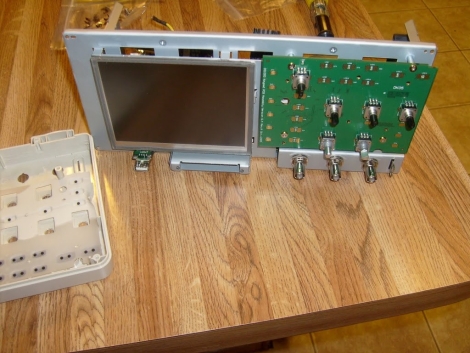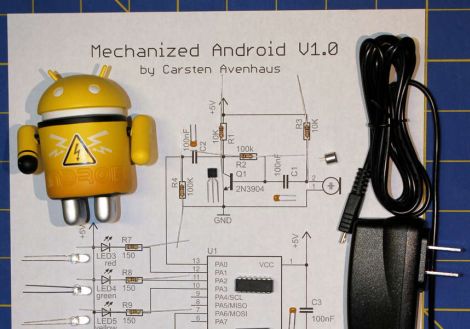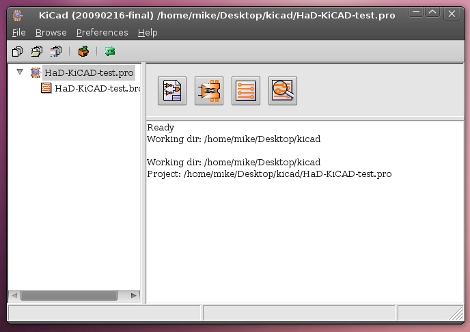
[Erik] is a broke engineer.
When this past Valentine’s day rolled around he didn’t have any cash to buy a gift for his girlfriend, so he had to get creative. Every girl likes flowers, but unless he was going to give his lady some day old daises from the grocery dumpster, he would have to make them himself.
He started by bundling together and bending some T-shirt hangers into stems. He then wrapped them in the green & green/white wire pairs from some Cat-5 cable to give them some color. An old keyboard was sacrificed to create the flower petals and leaves, which were presumably colored with markers before being glued to the end of the hangers. He added a reed switch to the flower pot, which illuminates the LEDs he installed under the petals when a magnet-bearing cardboard placard reading “Love Erik” was placed near it.
How did his girlfriend like them? Well, let’s just say she’s no longer in the picture. He didn’t tell us if the bouquet was the reason, only that she’s gone. (though we happen to think it’s pretty cool).
Keep reading to see a quick video demonstration of the light-up bouquet.
Continue reading “DIY Flower Bouquet Guaranteed To Get You Dumped On Valentine’s Day”

















